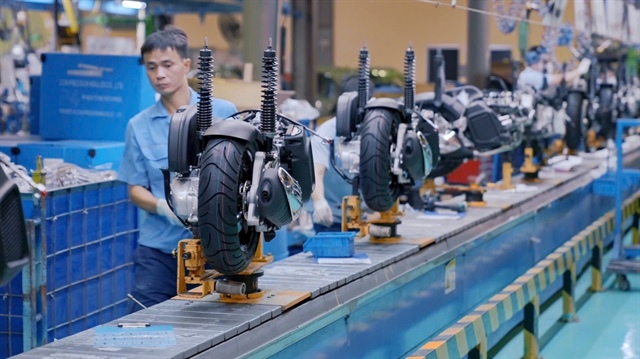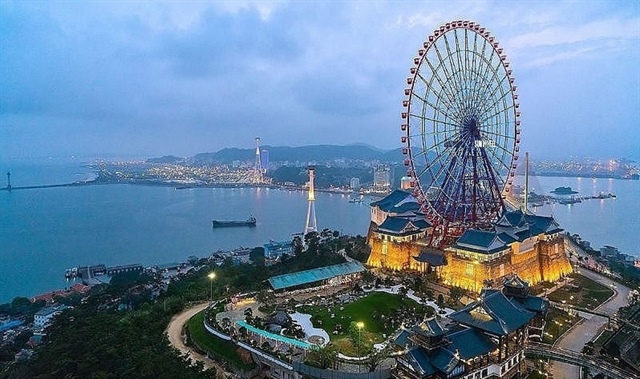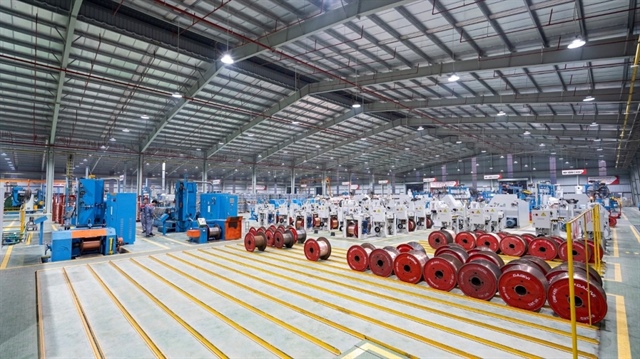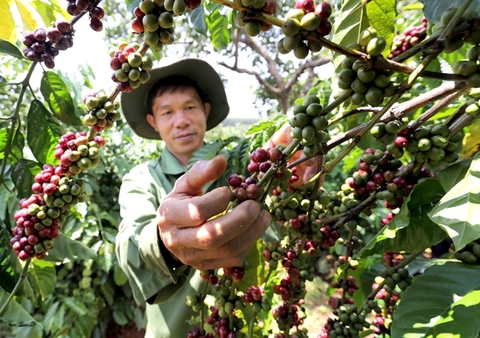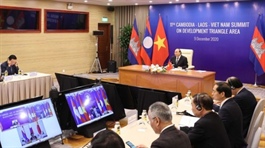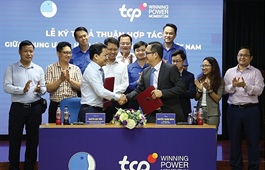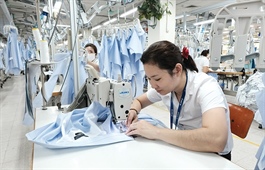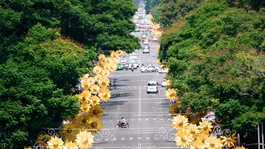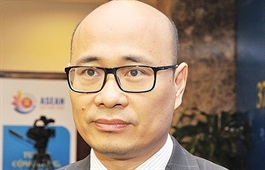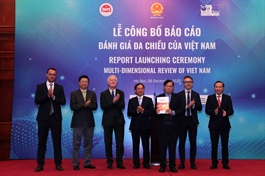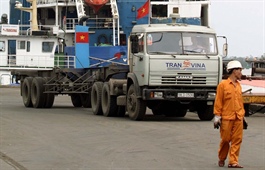RCEP: All is well that ends well, but why did it take eight years?
RCEP: All is well that ends well, but why did it take eight years?
The Regional Comprehensive Economic Partnership (RCEP) Agreement comprises 20 chapters with commitments covering goods, services, investment, intellectual property rights, competition, trade remedies, standards, e-commerce and dispute settlement. Many of these chapters were not included in the underlying ASEAN+1 agreements that formed the original core of RCEP. This to some extent explains why it took RCEP negotiators as long as eight years to reach its signing on November 15, 2020.

The RCEP underwent many rounds of negotiations to reach its signing on November 15, 2020
|
The 15 member countries account for about 30 percent of the world’s population (2.2 billion people) and 30 percent of global GDP (US$26.2 trillion) as of 2020, making it the biggest trade bloc in history. It unifies the preexisting bilateral agreements between the 10-member ASEAN bloc and five of its major trade partners.
The 15 countries involved (Australia, Brunei, Cambodia, China, Indonesia, Japan, Laos, Malaysia, Myanmar, New Zealand, the Philippines, Singapore, the Republic of Korea - RoK, Thailand, and Vietnam) are diverse in nearly every imaginable dimension. Successfully navigating among the domestic constraints and starting points of all 15 countries is an important accomplishment. The deal is also the first time that some of the signatories have engaged in this sort of trade arrangement, especially between China, Japan and the RoK. Getting everyone to agree to its provisions required flexibility in approach.
Some countries, such as Cambodia that has trade facilitation systems, regulations and legislation requiring substantial adjustments to comply with the new RCEP rules, have made commitments with a range of dates for specific commitments. Cambodia asked for, and received, a five-year deadline extension for some provisions such as the application of digital customs technology new rules to manage express shipments. Indonesia asked for delays until February 2022 on two provisions related to advance rulings and risk management. Malaysia also asked for one timeline adjustment to February 2022 for express consignments.
Allowing delays in implementation by some members that are developing countries is a logical ASEAN tradition given that some timelines are simply not going to be met. Hence, having the same commitments with delayed timelines for specific countries and sections can create win-win outcomes.
Similar flexibility was provided in the schedules for trade in goods. Some members (Australia, Brunei, Cambodia, Malaysia, Myanmar, New Zealand, Singapore, and Thailand) have just one tariff schedule for all other members. In other words, exporters into these markets from any RCEP country will receive the same tariff. As an example, all imported coffee cups sent from any RCEP member firm into Australia or Cambodia will be charged the same tariff as qualifying coffee cups at the border.
Flexible schedules
Other countries also have some variations in their schedules. As an example, Indonesia has schedules for ASEAN and separate schedules for each of ASEAN’s dialogue partners (Australia, China, Japan, New Zealand, and the RoK). Coffee cup exporters will need to consult the schedule that matches their country of origin to see what tariff rates are on offer.
Japan has scheduled tariffs slightly differently. It has just one schedule, but there are variations possible within the document. Coffee cup producers will need to find the associated tariff line and see which rate may apply to which listed countries. In all markets, the tariff schedules extend to at least 20 years. Most of the tariffs are cut or even eliminated long before the end of the scheduled period. An unexpectedly large number will be dropping or gone completely on the date of entry into force. RCEP members appear to have managed to schedule more agricultural trade than originally anticipated. Some of the timelines are long and many sensitive tariff lines never drop to become duty or tariff free, but the number of tariff lines that are simply carved out or excluded appears more modest than expected.
As expected, the RCEP members agreed to one rule of origin for all goods traded. This means that once a product is created to meet RCEP originating criteria, the rules are the same for all 15 member economies. Textile producers always seem to encounter challenges in trade agreements, as the rules can be incredibly complex. RCEP does not require yarn-forward or double transformation but change in tariff headings at either the two, four or six-digit levels.
Obviously, RCEP is a complicated agreement. Its members recognized this and have agreed to establish a secretariat to manage the agreement. RCEP requires domestic level approvals in place for six out of 10 ASEAN members and three out of five dialogue partners. It will be launched 60 days after the ninth state notifies the ASEAN Secretariat. The remaining states will join the active agreement 60 days after their own documents are sent to ASEAN.


